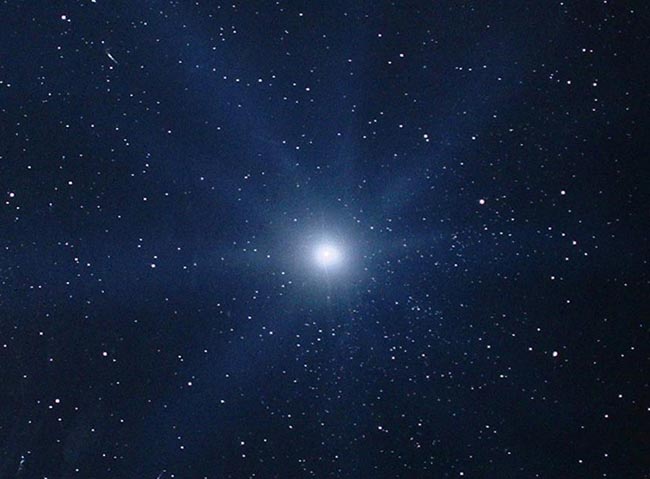Has it occurred to you that the English “star” and its Armenian translation աստղ (asdgh) are also cousins?
The Armenian name Աստղիկ (Asdghig) is sometimes translated as Stella because of their formal resemblance, even though Asdghig was the goddess of love and fertility in Armenian pagan mythology and Stella Maris (“star of the sea”) was actually one of the Latin names for the Virgin Mary.
Actually, Asdghig was the Armenian counterpart for a goddess well-known in various Near Eastern mythologies. The ancient Sumerian goddess Inanna, associated with love, fertility, and other attributes, was later worshipped by the Semitic civilizations of Mesopotamia (Akkadians, Babylonians, and Assyrians) as Ishtar. Ishtar was adored in adjacent lands of Semitic population like Syria and Canaan as Ashtart, which became in Hebrew Ashtoret, better known under the Hellenized form Astarte. The symbol of Inanna-Ishtar-Ashtart was the planet Venus, the most brilliant star in the sky.
It has been suggested that, ultimately, the name Ishtar was derived from the Proto-Semitic feminine noun *attar “heaven, star,” which may share a common origin with the Proto-Indo-European word *h-ster.
This reconstructed word was the common source for most Indo-European languages. Think of Greek aster (compare English “astronomy, astronaut,”), Iranian star, Latin stella (compare English “stellar”), German stern, and many other lesser known words. The Armenian word asdgh (also spelled աստեղ/asdegh in Classical Armenian) seems to be in the middle of its Greek and Latin counterparts, and not that far from English.
Let’s note that the suffix –իկ (ig) has a diminutive, but also endearing quality. Think of the Armenian common word asdghig with the meaning “small star,” equivalent to the English word “starlet.”

